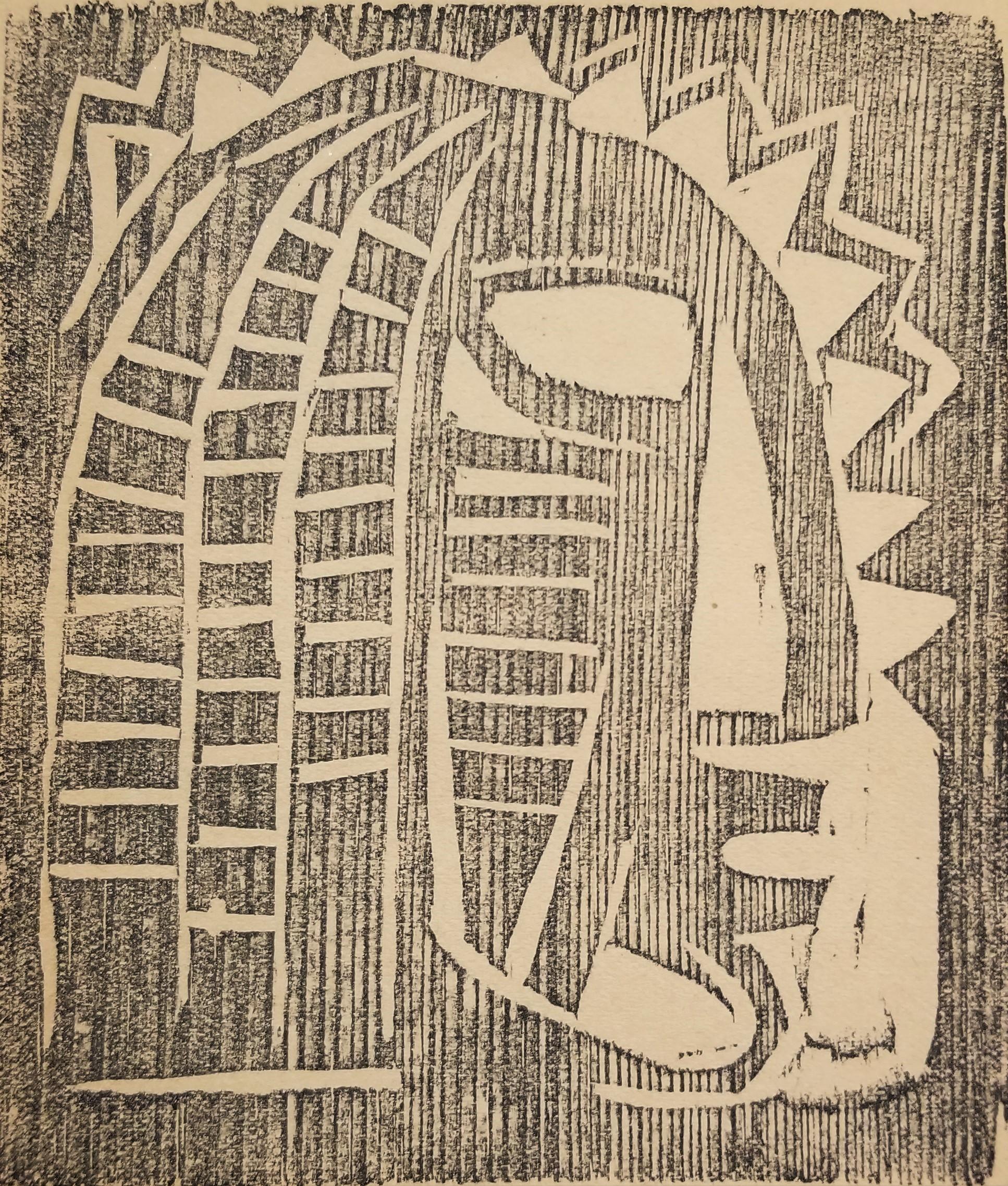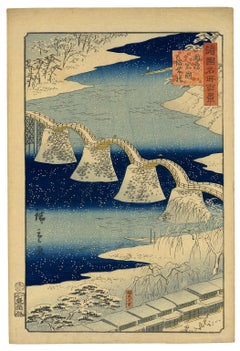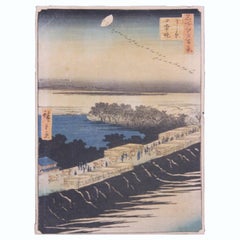Questions & Answers
Our trusted network of 1stDibs sellers answer common questions
How do wood engravings differ from woodcuts?
1 Answer

Wood engravings differ from woodcuts due to how the wood used to produce the printing plate is prepared. With a woodcut, an artisan saws the wood right along the grain so that they can easily carve into its surface with a knife-like tool. For wood engravings, an artisan uses end-grain wood. Because the wood is much harder, it must be worked with a special needle-like tool, allowing an artist to produce an image with a much higher degree of detail. On 1stDibs, explore a collection of woodcut prints.
1stDibs ExpertFebruary 21, 2024
Related Questions
- What is the difference between wood carving and sculpture?1 Answer
- What is a woodcut in art?1 Answer
- Where were woodcut prints invented?1 Answer
- What is the difference between a davenport and a couch?1 Answer
- What is the difference between a lounge and recliner?1 Answer
Shop for Woodcut Prints and Multiples on 1stDibs
Kintai Bridge at Iwakuni in Suo Province (Suo iwakuni kintai-bashi), 1859
By Hiroshige II
Located in Myrtle Beach, SC
Utagawa Hiroshige II (1829-1869), 'Kintai Bridge at Iwakuni in Suo Province' (Suo iwakuni kintai-bashi), from the series 'One Hundred Views of Famous Pla...
Category
1850s Edo Landscape Prints
Materials
Woodcut
Nihon Embankment in Yoshiwara Japanese Woodblock Print
Located in Houston, TX
Woodblock print from the Edo period. The print was apart of a series that Hiroshige did titled, "One Hundred Famous Views of Edo". The woodblock print is printed on rice paper.
The p...
Category
1850s Edo Figurative Prints
Materials
Woodcut
Untitled
Located in New York, NY
Solidly grounded in Abstract Expressionist tradition, process-oriented painter Thomas Nozkowski’s method is predicated on relinquishing the idea of an end result. To highlight this, ...
Category
Late 20th Century Abstract Abstract Prints
Materials
Woodcut
Deutzia Flowers: The Wife of Kasamori - Original Woodblock Print
Located in Soquel, CA
Deutzia Flowers: The Wife of Kasamori - Original Woodblock Print
Deutzia Flowers: The Wife of Kasamori, from the Series "Beauties of the Floating World Associated with Flowers" by S...
Category
1760s Edo Figurative Prints
Materials
Woodcut, Ink, Rice Paper
Kabuki Actor with Pine-Patterned Robe - Japanese Woodblock Print
Located in Soquel, CA
Kabuki Actor with Pine-Patterned Robe - Japanese Woodblock Print
Finely detailed woodblock by Utagawa Toyokuni (Japanese, 1769-1825). A kabuki actor is standing on a wooden deck, we...
Category
Early 19th Century Edo Figurative Prints
Materials
Ink, Rice Paper, Woodcut
"Farewell, " Sunset Landscape Woodcut by Carol Summers
Located in Milwaukee, WI
"Farewell" is an original color woodcut by Carol Summers. The artist signed the piece. This woodcut depicts a river flowing through green hills beneath a blood-red sky. The edition number is 20/50.
24 1/4" x 37" art
32" x 45" frame
Carol Summers has worked as an artist throughout the second half of the 20th century and into the first years of the next, outliving most of his mid-century modernist peers. Initially trained as a painter, Summers was drawn to color woodcuts around 1950 and it became his specialty thereafter.
Over the years he has developed a process and style that is both innovative and readily recognizable. His art is known for it’s large scale, saturated fields of bold color, semi-abstract treatment of landscapes from around the world and a luminescent quality achieved through a printmaking process he invented.
In a career that has extended over half a century, Summers has hand-pulled approximately 245 woodcuts in editions that have typically run from 25 to 100 in number. His talent was both inherited and learned.
Born in 1925 in Kingston, a small town in upstate New York, Summers was raised in nearby Woodstock with his older sister, Mary. His parents were both artists who had met in art school in St. Louis. During the Great Depression, when Carol was growing up, his father supported the family as a medical illustrator until he could return to painting. His mother was a watercolorist and also quite knowledgeable about the different kinds of papers used for various kinds of painting. Many years later, Summers would paint or print on thinly textured paper originally collected by his mother.
From 1948 to 1951, Carol Summers trained in the classical fine and studio arts at Bard College and at the Art Students League of New York. He studied painting with Steven Hirsh and printmaking with Louis Schanker. He admired the shapes and colors favored by early modernists Paul Klee (Sw: 1879-1940) and Matt Phillips (Am: b.1927- ). After graduating, Summers quit working as a part-time carpenter and cabinetmaker (which had supported his schooling and living expenses) to focus fulltime on art. That same year, an early abstract, Bridge No. 1 was selected for a Purchase Prize in a competition sponsored by the Brooklyn Museum. In 1952, his work (Cathedral, Construction and Icarus) was shown the first time at the Museum of Modern Art in New York City in an exhibition of American woodcuts.
In 1954, Summers received a grant from the Italian government to study for a year in Italy. Woodcuts completed soon after his arrival there were almost all editions of only 8 to 25 prints, small in size, architectural in content and black and white in color. The most well-known are Siennese Landscape and Little Landscape, which depicted the area near where he resided. Summers extended this trip three more years, a decision which would have significant impact on choices of subject matter and color in the coming decade. After returning from Europe, Summers’ images continued to feature historical landmarks and events from Italy as well as from France, Spain and Greece. However, as evidenced in Aetna’s Dream, Worldwind and Arch of...
Category
1990s Landscape Prints
Materials
Woodcut


